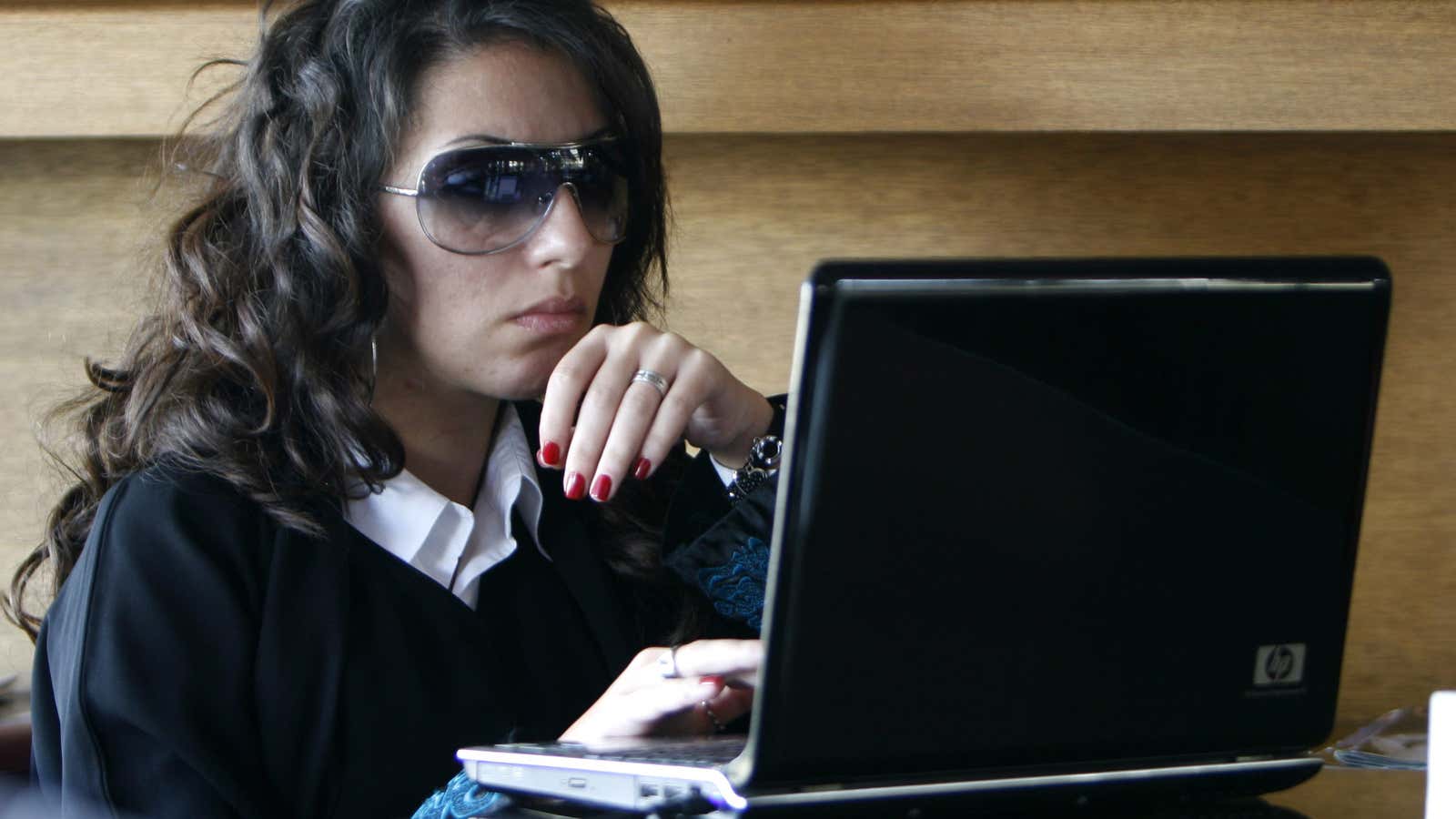In Iran, nearly 70% of university graduates in science, technology, engineering and mathematics (STEM) are women—a higher percentage than in any other country. Nearby Oman, Saudi Arabia, and the United Arab Emirates (UAE) are close, each boasting over 60% female graduates in science, still more of the rest of the world.
Young women in science are the rule, not the exception, in the Middle East. At least a third of STEM trained talent across the Muslim world is female, writes Saadia Zahidi in her new book Fifty Million Rising, which tracks the workplace progress achieved by Muslim women since the turn of the century.
Only in Jordan, Qatar and the UAE are girls more comfortable with math than boys. “The Muslim world has put high investment in education, and the payoff is coming now,” argues Zahidi, a World Economic Forum executive who leads education and gender equality initiatives.
While observant Muslim societies are often associated with strict social codes for men and women, Western gender stereotypes about work don’t necessarily apply: Several Muslim countries have filled more than half of STEM jobs with female workers. Zahidi adds that in many cases, Muslim women are pioneering their role in the workforce, so they don’t have preconceived stereotypes about whether tech jobs, for example, constitute “feminine” career goals.
A study published in February found that the social and political gender equality typical of Scandinavian countries may be inversely related to women’s representation in STEM fields. This could be in part due to the fact that countries with greater parity between sexes tend to be wealthier, providing better government support to citizens and allowing women to accept less secure jobs.
Naturally, women in the Muslim world still face many of the same obstacles as their counterparts elsewhere, like finding childcare or delegating household work. But Zahidi says support often comes from traditional family networks or cheap domestic labor.
There is great economic potential in bringing more women into the workplace; McKinsey’s Women in the Workplace report suggests that equalizing workforce participation between genders would produce 47% economic growth in the Middle Eastern region alone. Currently, about 30% of women in the Muslim world work. Many are also joining the workforce through mobile app-powered side hustles. In countries like Indonesia, Malaysia and the Gulf, Zahidi explains that cell phones are making it possible for women to access new professional opportunities, skipping traditional employment for the gig economy.
